Bavarians shifted their baselines
Upper Bavaria is the heart and soul of Germany to many in the world. Of course, it’s not! And yes, it is. Only not what you might expect.
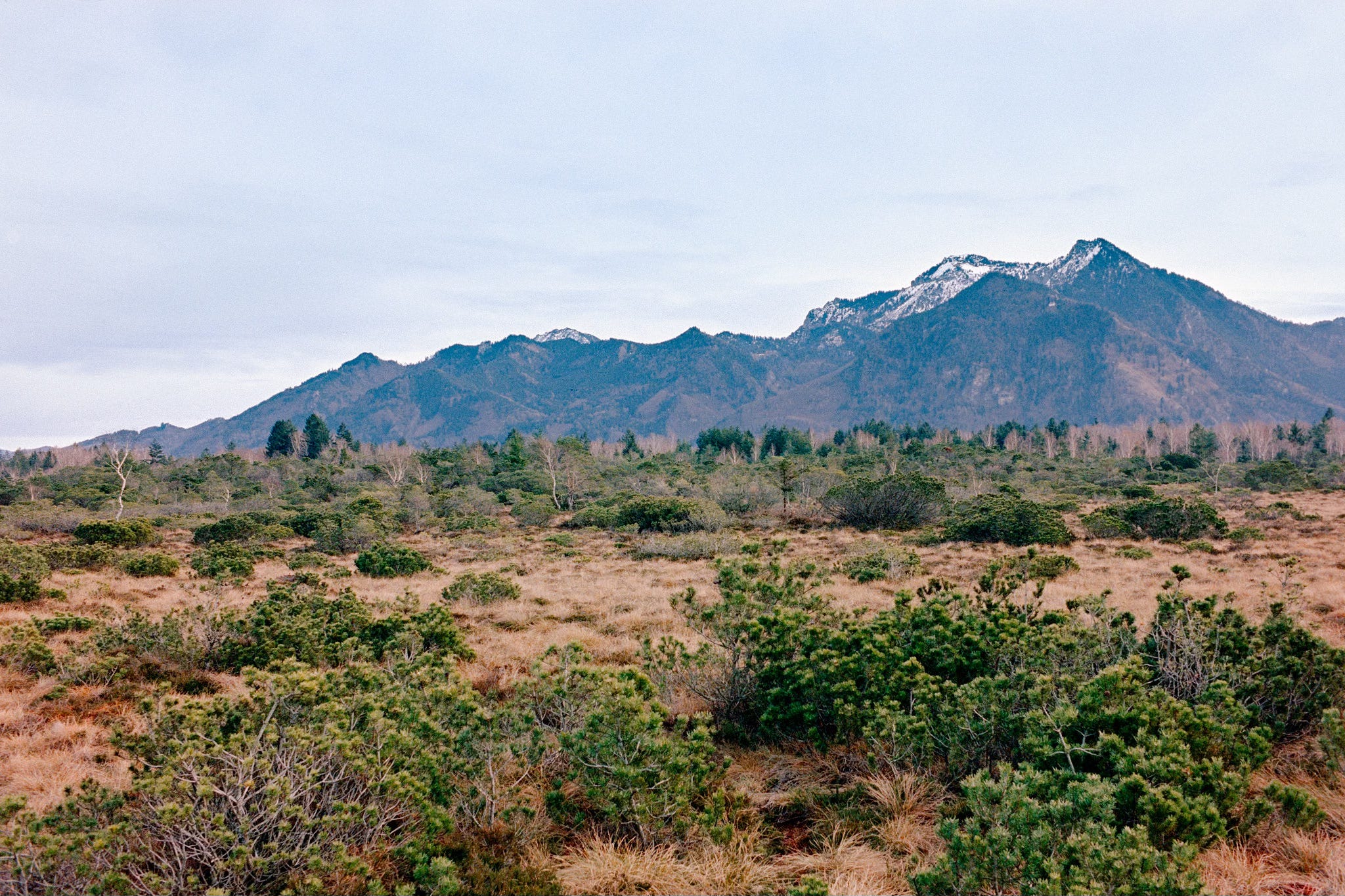
Unique folklore, squiggled architectural features, and a tidy, quaint landscape mirror a Disney-esque sense of German romanticism, making the country unique and loveable. But Germany’s cultural and geographical diversity extends well beyond this charming Bavarian imagery.
The search for the “German soul” might indeed lead one to cities like Mainz (Gutenberg), Frankfurt (Schopenhauer), Weimar (Goethe, Schiller), Wittenberg (Luther), Berlin (Hegel and Humboldt), and Kaliningrad (Kant) that used to be Prussian/Saxon German long time ago, which clearly leaves out Bavaria. Bavaria, though rich in its own history and briefly central during the 1919 communist soviet republic, is often seen as distinct from this intellectual and cultural axis, having never been pivotal to the German project.
Today, things are different, and Bavaria plays a significant role in German federal legislation and dominates German politics. Like Texas, Bavaria is a country full of economic success and solid cultural self-confidence. This combination often leads to an overburdened, nouveau riche ego, where cultural identity and economic prowess feed into each other. I’ve never been to Texas, but I can assure you that at least Bavaria’s unwarranted self-confidence is based on shifting baselines, which are not only societal.
In my youth, the field edges were abundant with wildflowers like primroses, camomile, yarrow, violets, and orchids like marsh orchids and lady slippers. All are gone today because of nitrates and pesticides and because there are no wild field edges anymore. Why is that?
Financed by the Länderausgleich after the war, a budget transfer from more prosperous states to less affluent states, Bavarians shifted their baseline from a rural, gnarled and endearing country to Germany’s high-flyer, fuelled by technology and money-making. In that process, they figured that accurately trimmed fields without wild edges increase square meterage for crop growth and potentially more agricultural subsidies, all measured by satellite. With this drastic change in rural culture, the country has lost its heart and soul, which is now essentially hollow folklore tailored to tourists.
Folklore and dialect aside, Bavaria represents today the rest of modern Germany’s identity quite well: tidiness, efficiency, pragmatism and sometimes good-looking but greedy to the bone, with the refugee crisis in 2015 being a notable deviation from this trend. Returning or rather progressing to something more likeable and humane seems impossible as memories fade; the status quo is now the new baseline with its very own rationale.
And it looks pretty, after all. Doesn’t it?




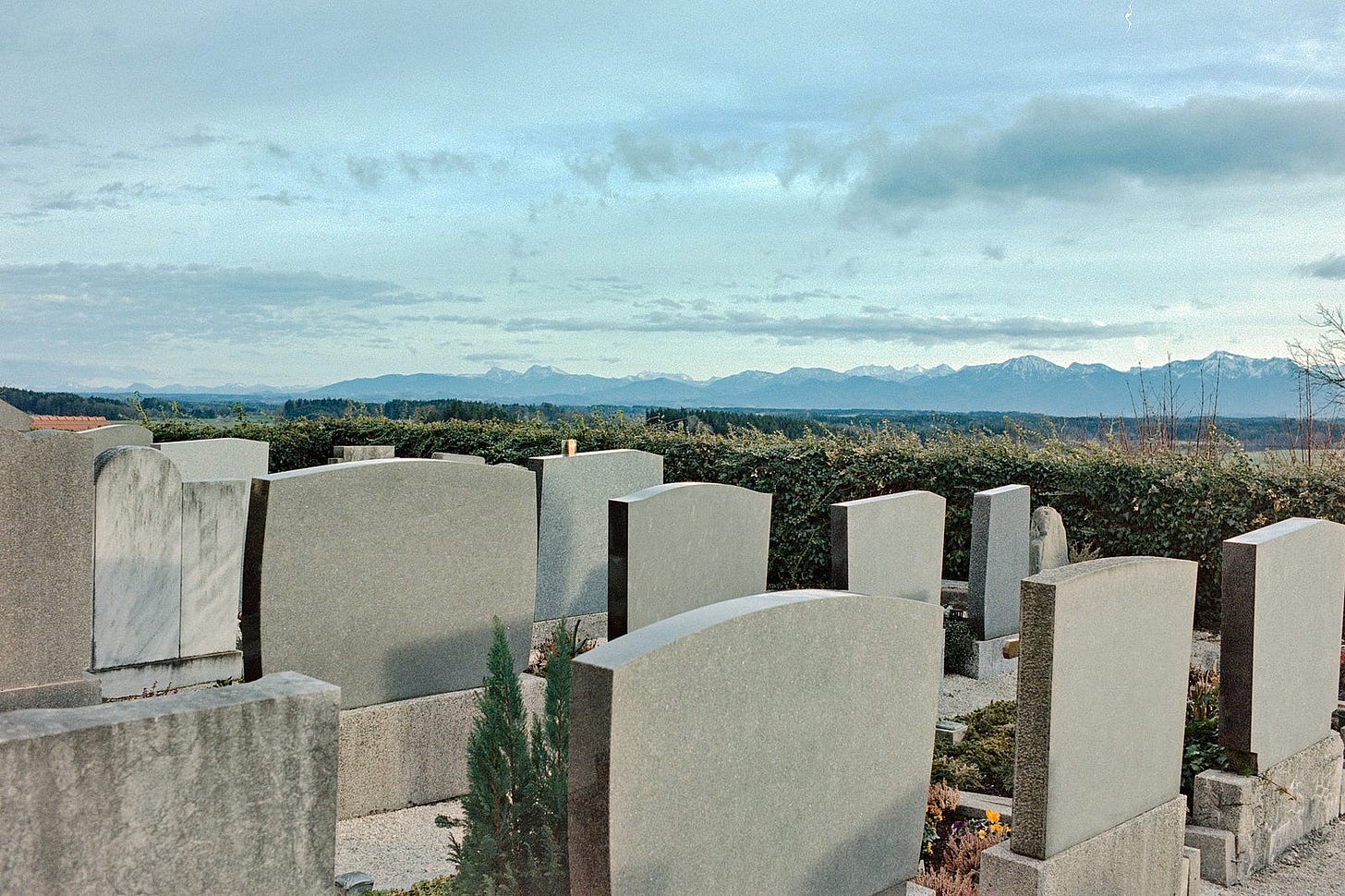
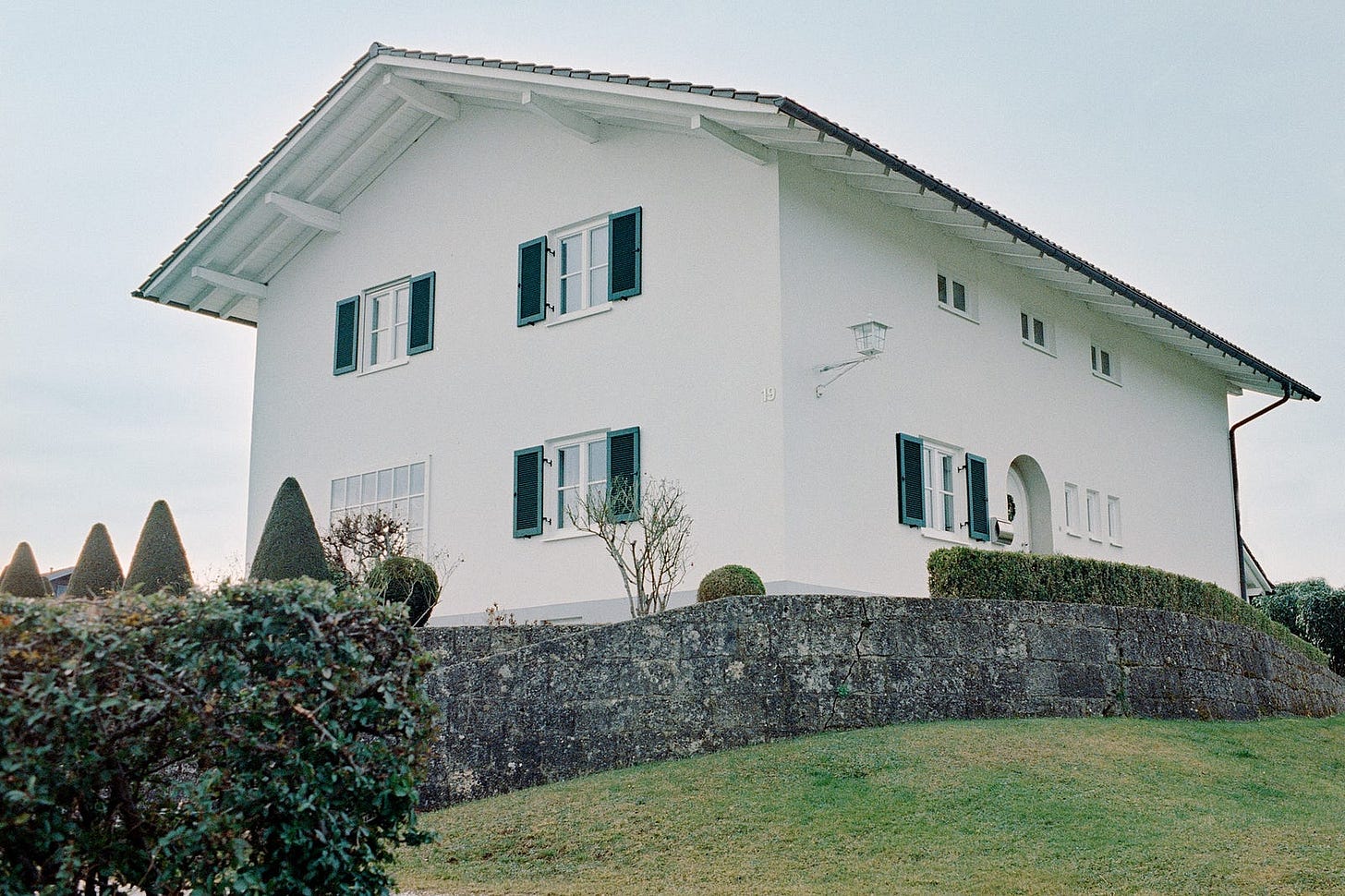
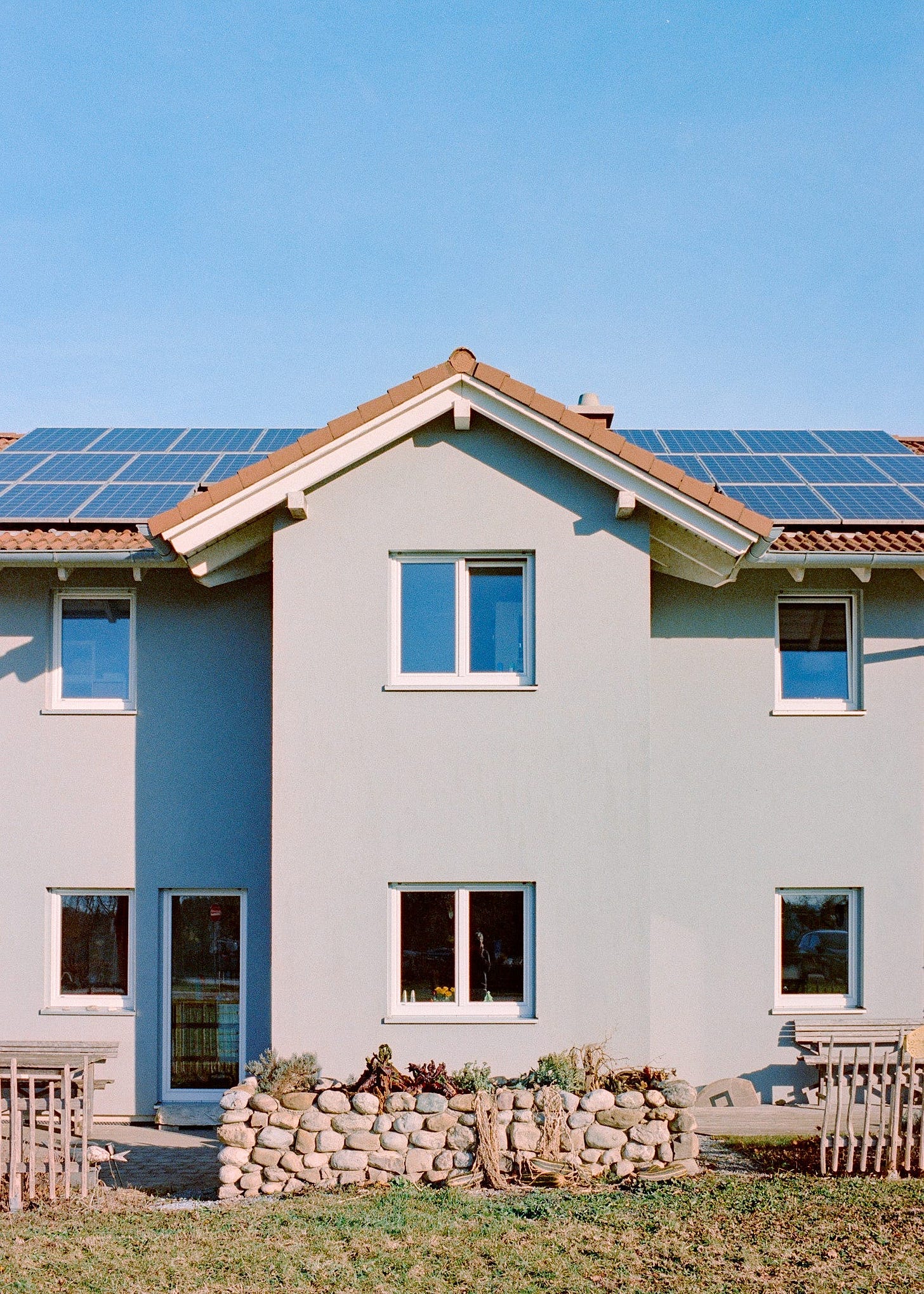
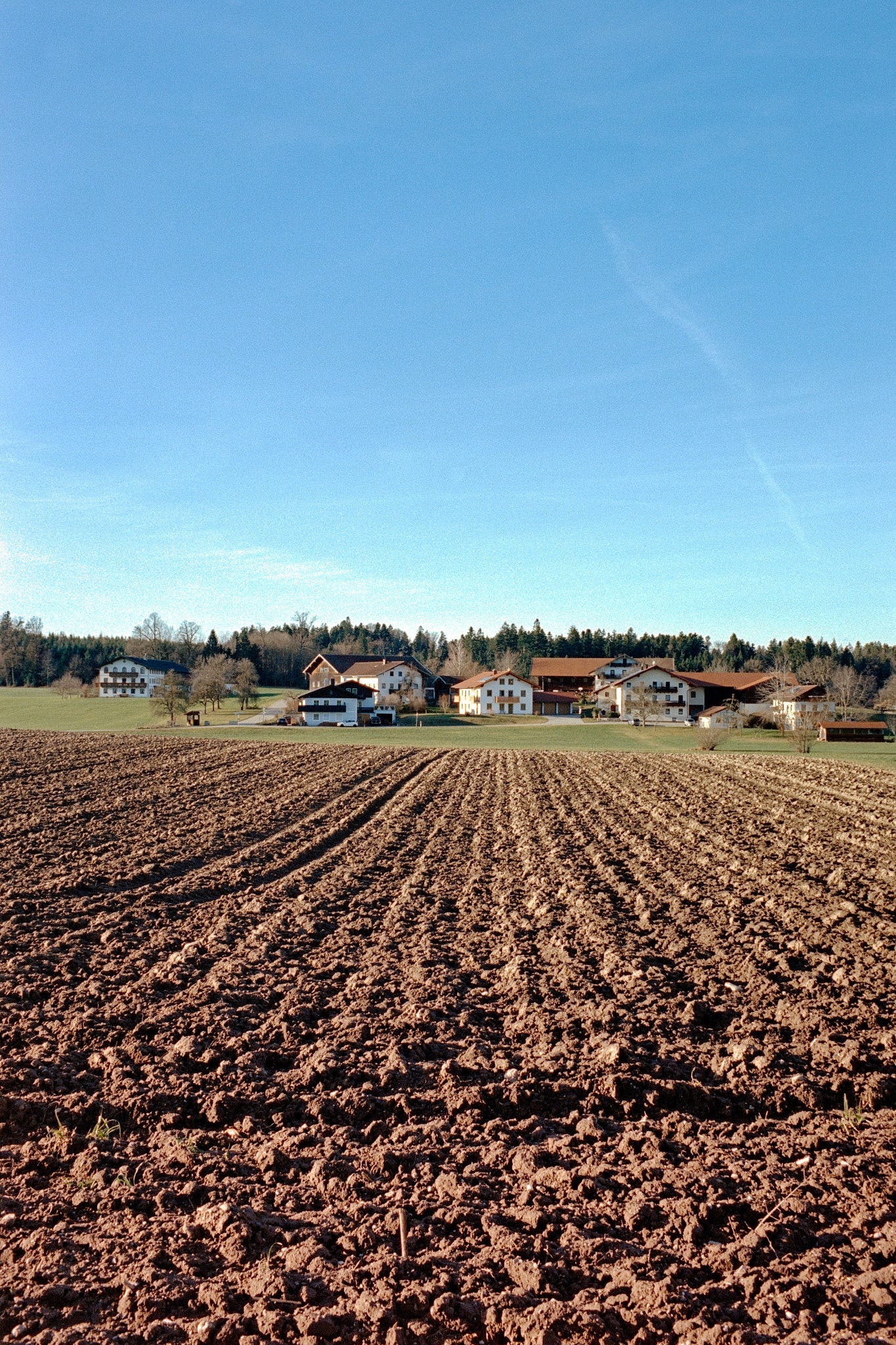
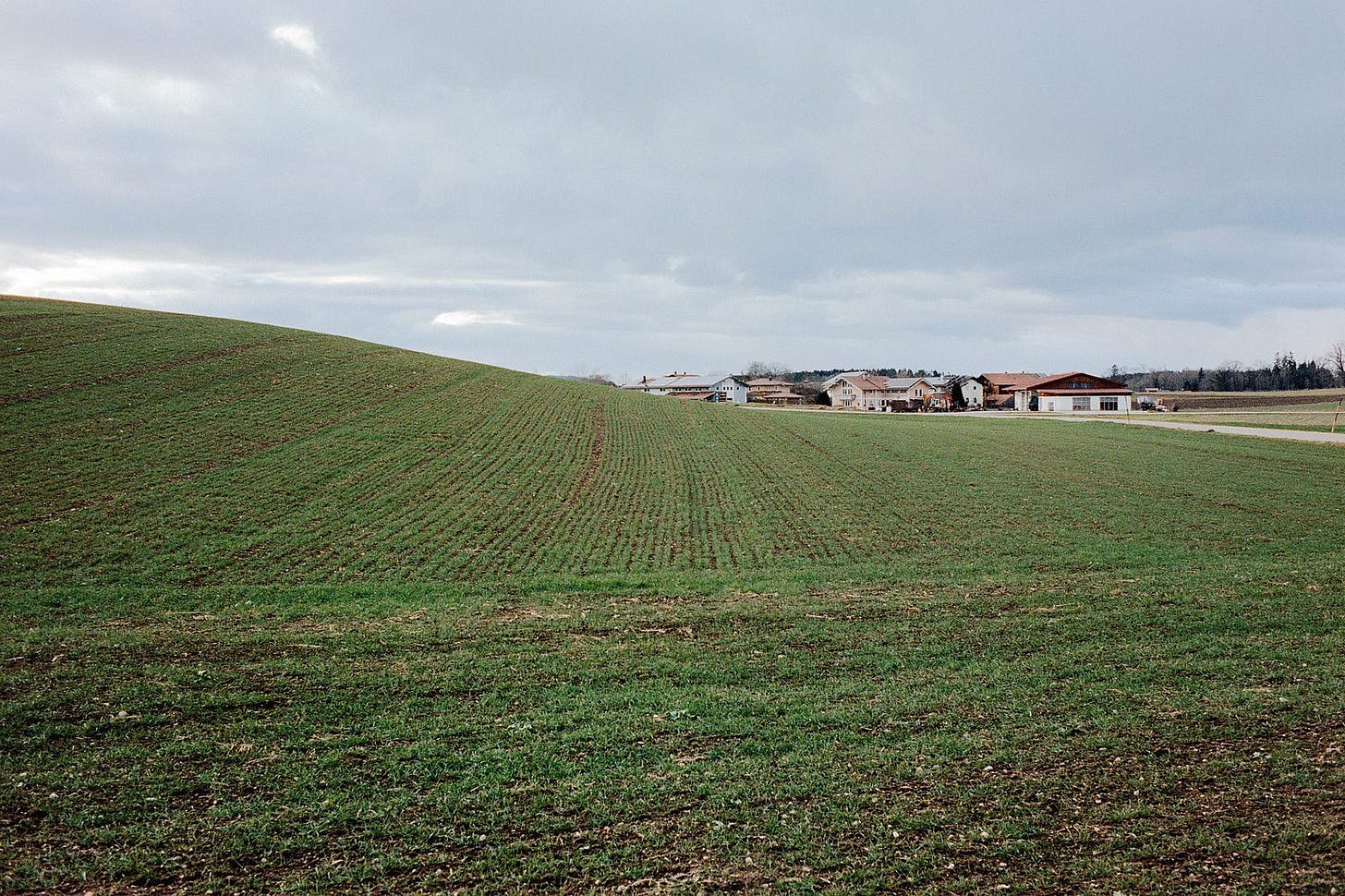
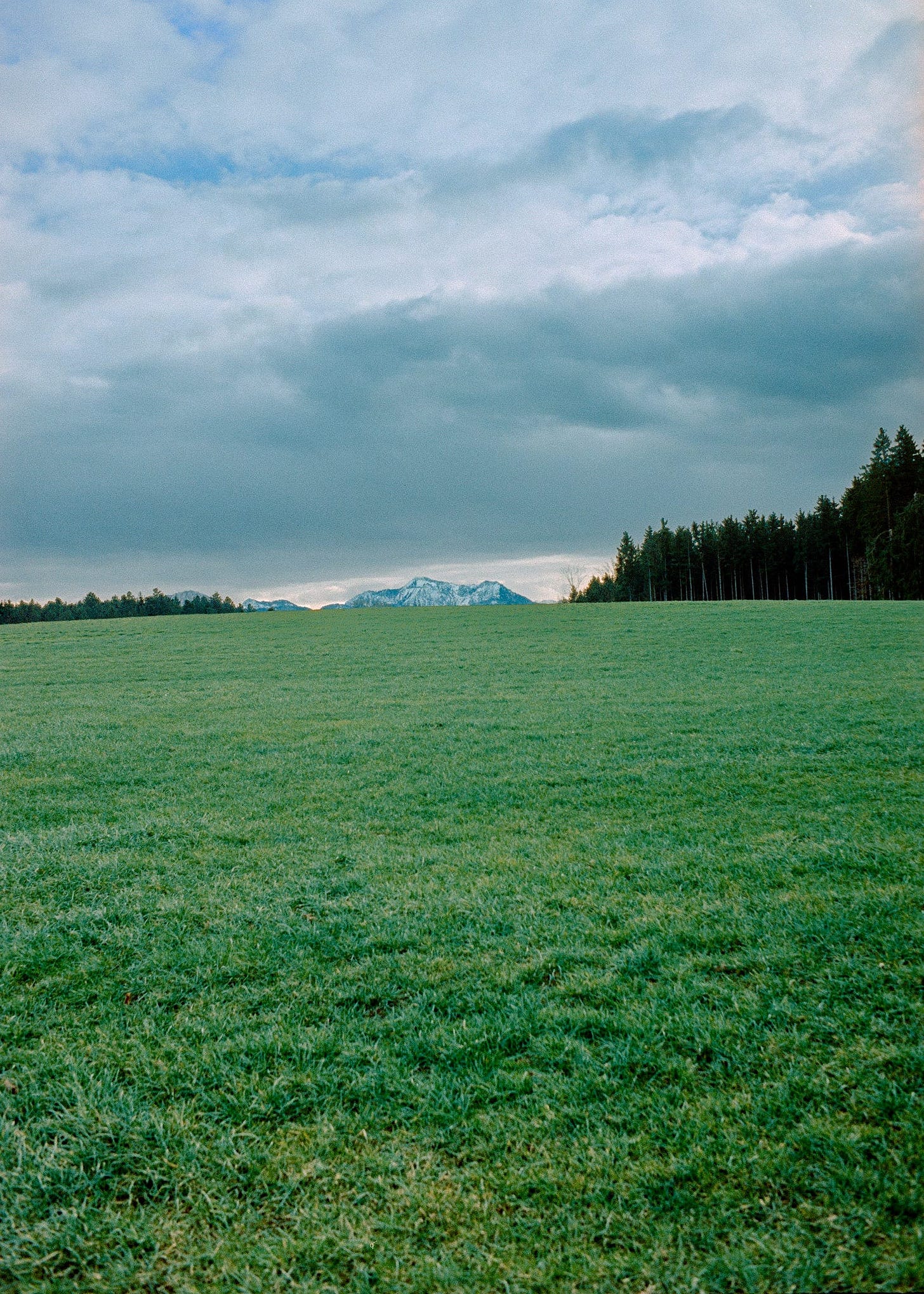
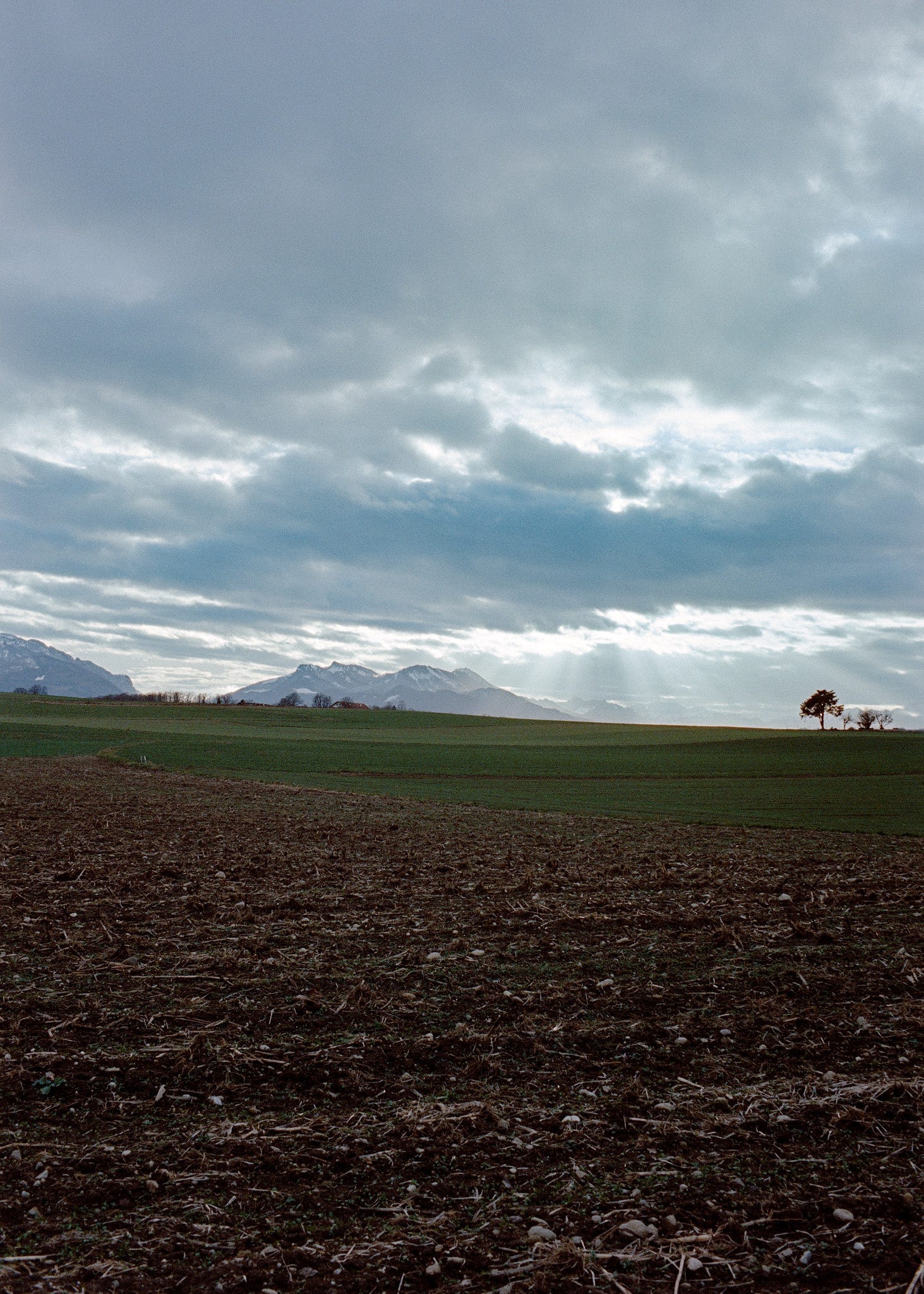
I really appreciate this piece, Hans. Where I live (and have lived), it’s a similar story. Artificial inputs and maximized extraction, though with even less regard for agriculture as a sustainable practice. And, the land retains its essential beauty when it’s still visible: despite our depredations.
Coming from Fürth in Bavaria, I totally agree with you Hans. Greedy, stubborn, often unpleasant with a few exceptions (my friends!), that's what characterizes the population. Your pics perfectly reflect this attitude transposed onto the landscapes. Poor souls, poor wildlife, poor birds, poor insects. No mercy, just maximizing outputs.